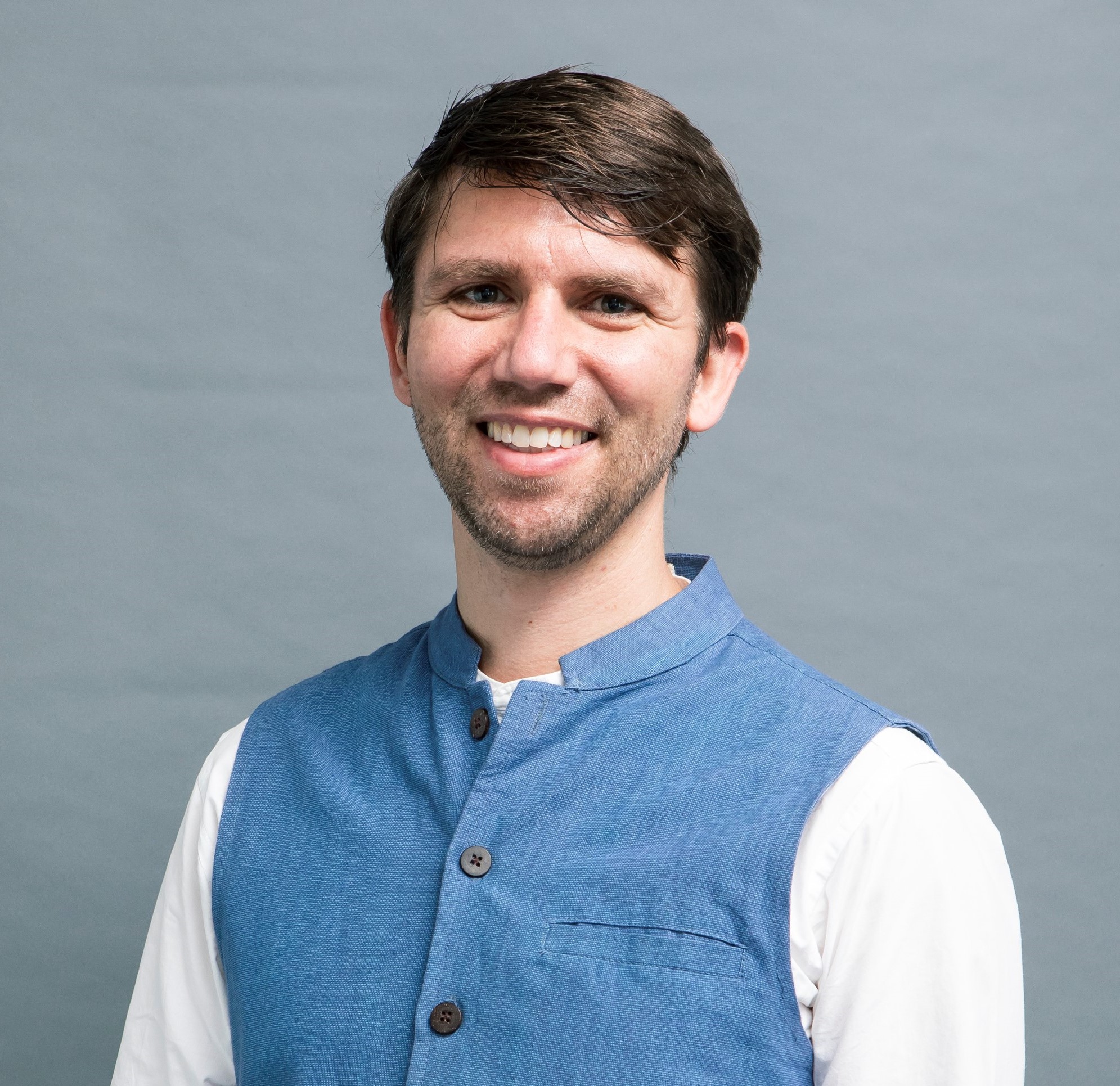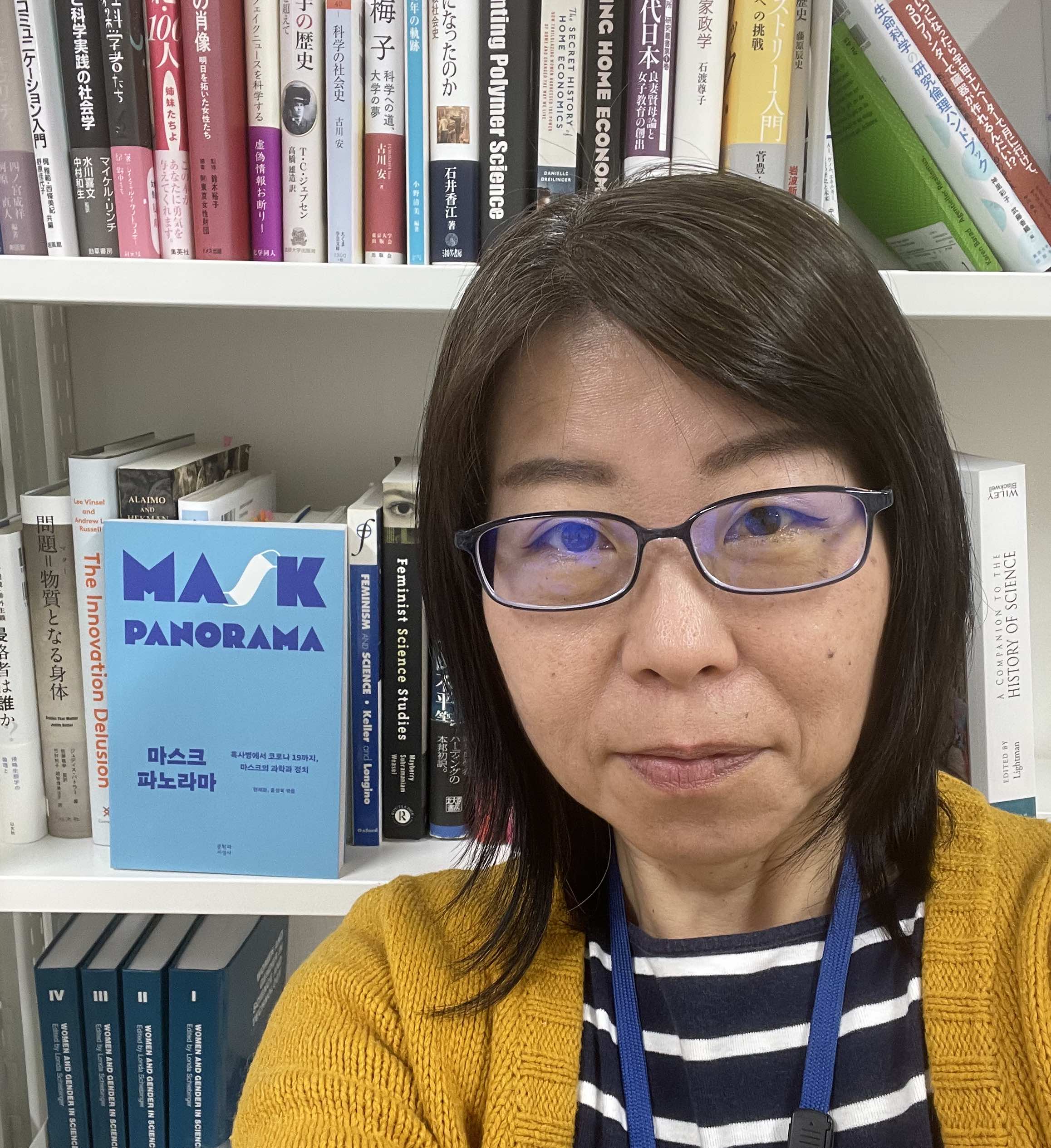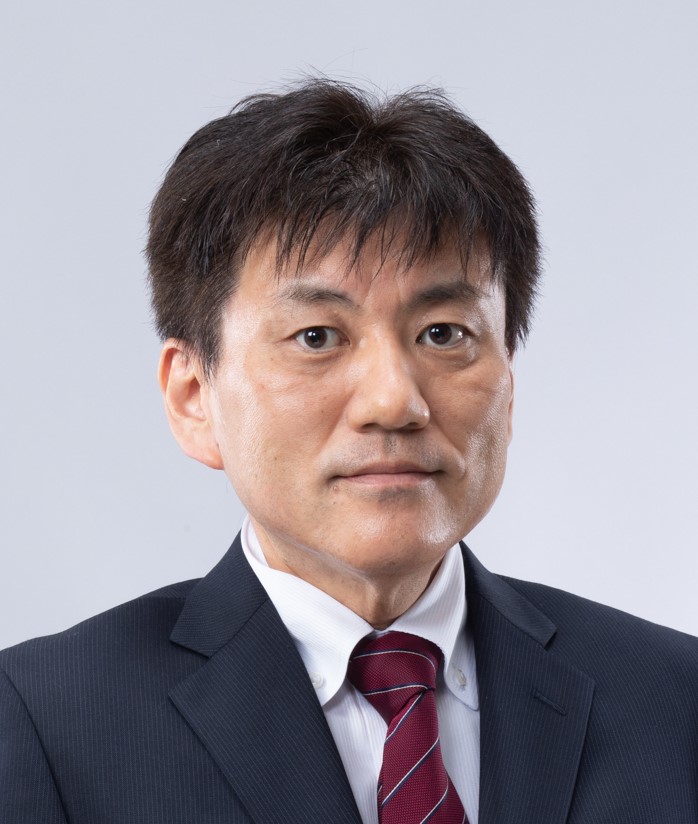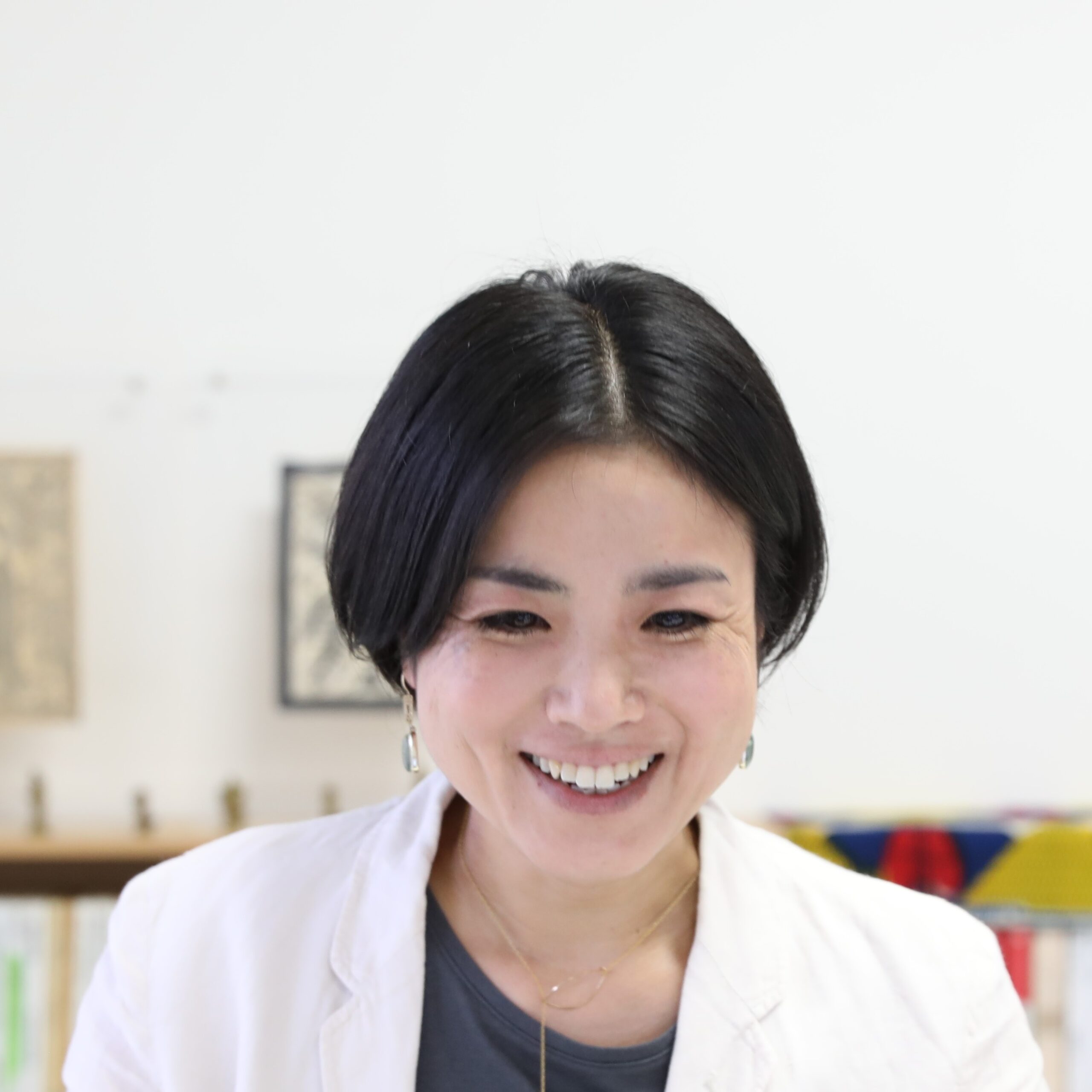Have you ever had to teach EMI classes? What was your first experience like?
Authors

Nick Kasparek teaches at Eikei University of Hiroshima with co-presenters Nozomi Mizushima, Masaki Sagehashi, and Yoko Taguchi. He is studying for a Ph.D. in the Department of Curriculum and Instruction at Texas Tech University; has interests in curriculum theory, English for liberal arts, teacher collaboration, and transdisciplinary boundary-spanning; and serves as the editor of Explorations in Teacher Development.

Nozomi Mizushima teaches introductory science and technology ethics, history of science, and Japanese academic writing at Eikei University. Her research focuses on the scientific activities conducted by citizens, using feminist theories on science, technology, and society (STS). Currently, she is investigating the relationship between gender and hand-made mask production during the COVID-19 pandemic, and citizen radiation measurements after the Fukushima disaster. She is participating in this EMI project motivated by an urgent practical interest in how she, as a liberal arts faculty member, can improve the teaching of EMI subjects.

Masaki Sagehashi teaches introductory environmental studies, urban environment, and environmental engineering at Eikei University of Hiroshima. He specializes in environmental and chemical engineering and now works especially on water environments. As more active information exchange in various environmental sectors is essential to solving current global environmental problems, he is also interested in the English-mediated-instruction to build international collaboration networks to support such activities.

Yoko Taguchi teaches cultural anthropology and fieldwork studies at Eikei University. Her theoretical interests include personhood, morality, and hierarchy. Her current project focuses on care-domestic work and household relations in India. Using ethnographic methods, she is investigating how different moral imaginaries of work and relations interact and create new expectations, practices, and relations. She is also interested in how English-mediated-instruction creates new forms and imaginaries of education, relations, and personhood in Japanese universities.
Thanks for your engagement with our presentation! What are your experiences with English-medium instruction (EMI), “hard” CLIL, or transdisciplinary scholarship of teaching and learning (SoTL)?
Hello to the presenters, my name is Ross. In my previous Institution Kanda University of International Studies in Chiba I taught what I would deem an EMI class. I was able to create my own course which I chose to be a geography course due to my undergrad degree and interest in the subject. The course had to pass a screening test to make sure it aligned with CLIL methodology, i am sure you have heard the acronym CLIL, which I think could be considered essentially the same as EMI(?).
Anyway, it was an enjoyable course and since then I conducted action research into the course related to CLIL and I am currently finishing a paper on it.
At my current Insititute, Toyo University, i cannot create my own courses but some of my courses such as Business, Hospitality or Tourism projects, I think could be considered EMI.